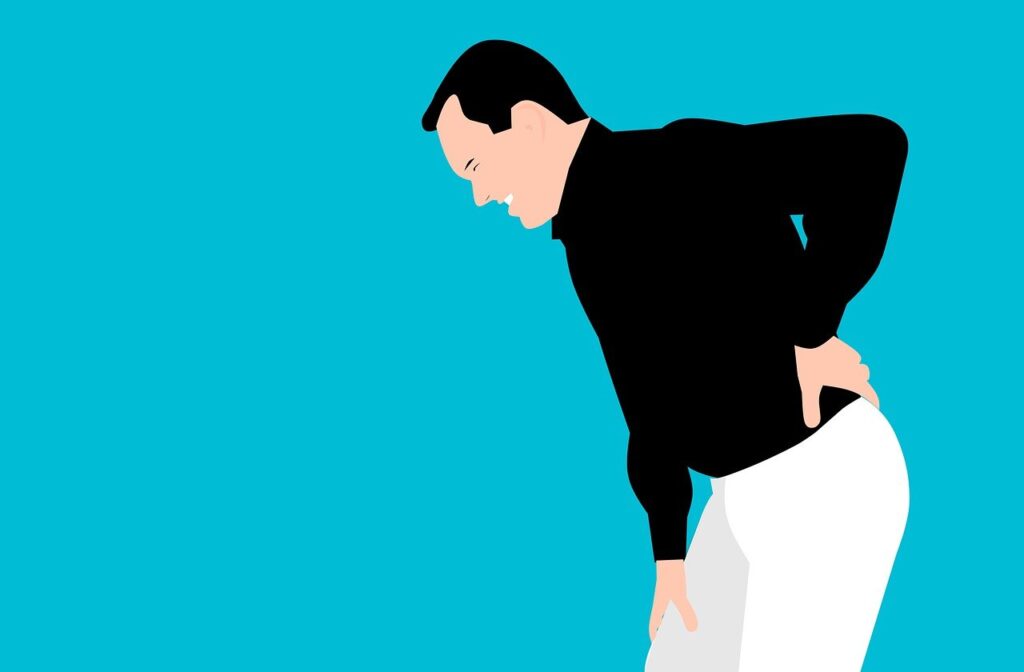A Trapped Nerve is often also reffered to as a pinched nerve or nerve impingement.
A Trapped Nerve occurs as a result of excessive pressure or compression on the nerve. This can occur for a whole host of different reasons. Injury, repetitive motion, and poor posture are all reasons why excessive pressure on a nerve may materialise.
The symptoms of a trapped nerve are varied. Common symptoms include pain, tingling, numbness, or weakness in the affected area. An individual may experience one, some or all of these symptoms.

Trapped Nerve Common Areas
Common areas where trapped nerves occur include the neck, back, shoulders and hamstrings. A range of treatments may be prescribed. These can include rest, physiotherapy, medication and in some severe cases, surgery. Sports Massage Therapy is usually one of the more effective treatment strategies. So don’t suffer needlessly! You can book in for a Sports Massage here at Foxwood Personal Training.
If you wish to talk things through, one of the best places to get in touch is Instagram. You can get in touch by sending a DM via the Foxwood Personal Training Instagram page. I am always happy to talk things through. Together we can discuss whether or not Sports Massage is likely to alleviate your symptoms.
Whilst Sports Massage can improve your symptoms, it may not be a long terms fix It is important to determine the initial cause of the muscle tension that resulted in your trapped nerve. If you are an athlete or a keen fitness enthusiast this could mean re-evaluating aspects of your training. There is a saying ‘Insanity is doing the same thing over and over again, and expecting a different result’. In this context that means repeating the same training mistakes a before, but expecting your trapped nerve not to return.
Treatment
So my best advice for dealing with this particular ailment is as follows. Firstly, rest up. Potentially, take some NSAID’s (Non Steroidal Anti-inflammatory Drugs). Book in for some Sports Massage. Then, once your symptoms are alleviated, build back up to full training. When building back up to full training, make sure to make suitable changes. Perhaps change certain exercises. Perhaps incorporated more stretching. Whatever it is, be sure to make an informed decision regarding any alterations to your programme. If you need help with this, we can look at some Personal Training sessions in order to provide a bespoke solution that is specific to you.
